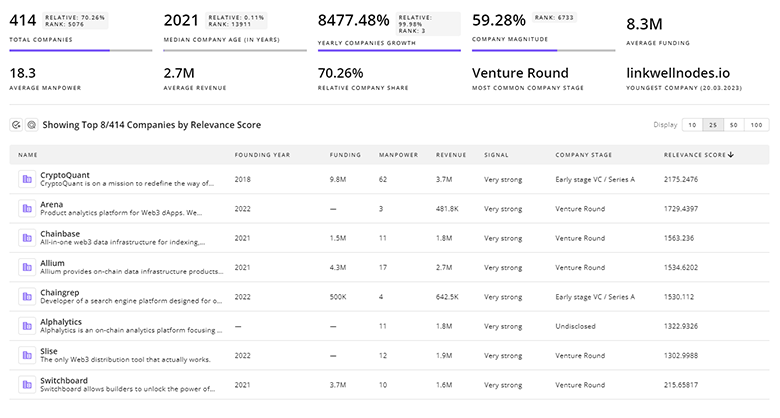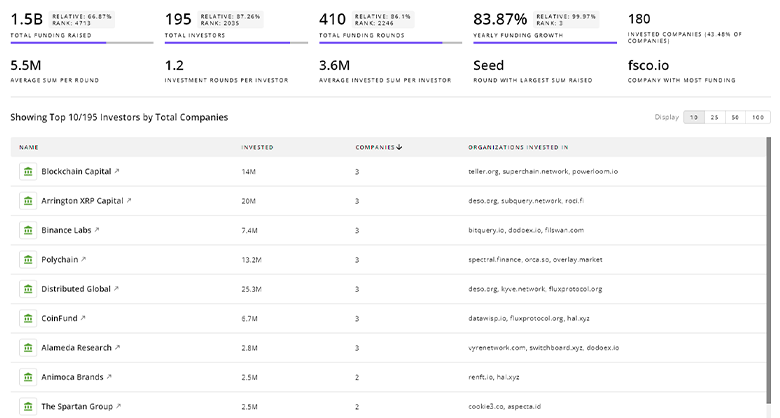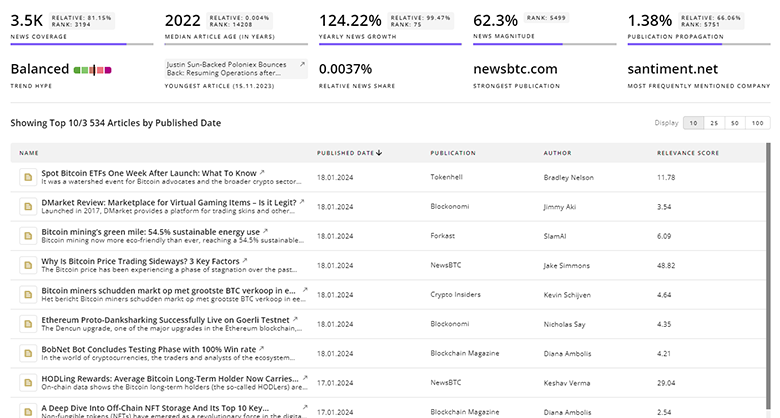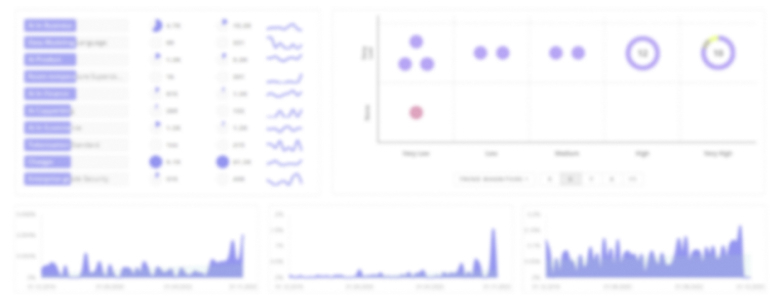
Sustainable Packaging Report
: Analysis on the Market, Trends, and TechnologiesThe sustainable packaging market sits at a clear inflection point where regulation, consumer demand, and material innovation align to drive faster adoption: internal data show a projected compound annual growth rate of 7.4% for the topic through the mid 2020s. Market studies provide complementary forecasts—for example, one analysis forecasts growth from $278.1 billion in 2023 to $391.1 billion by 2029 at a 6% CAGR Research and Markets, while another places the sector at ~USD 315.16 billion in 2025 with a 7.67% CAGR to 2030 Research and Markets forecast. These numerical signals reflect three operating imperatives: accelerate material substitution (paper, bio-based films, mycelium), scale end-of-life systems (recycling, industrial composting, reuse logistics), and invest in sorting and barrier technologies that preserve product performance while enabling circular streams and GreenBlue / SPC trends report.
64 days ago, we last updated this report. Notice something that’s not right? Let’s fix it together.
Topic Dominance Index of Sustainable Packaging
To gauge the influence of Sustainable Packaging within the technological landscape, the Dominance Index analyzes trends from published articles, newly established companies, and global search activity
Key Activities and Applications
- Paperization and fiber substitution — brands replace secondary and many primary plastic formats with paperboard, molded fiber, and hybrid fiber-based liners to meet recyclability targets and reduce carbon intensity.
- Seaweed and algal films for flexible packaging — pilot and commercial rollouts for short-lived flexible formats (snacks, produce) increase; seaweed films are moving from niche tests toward measurable market share in flexible films.
- Refill, returnable and lending platforms — reusable loops and retail refill stations reduce single-use volumes in personal care, foodservice, and e-commerce, paired with tracking tech for logistics.
- Compostable primary formats for foodservice — industry pilots of home and industrial compostable trays, films, and cutlery for foodservice and delivery channels.
- Advanced sorting and chemical/enzymatic recycling — deployment of AI/robotics at material recovery facilities improves feedstock quality for recycled content and supports chemical recycling pathways for mixed plastics.
Emergent Trends and Core Insights
- Profitability drives adoption decisions — many brands prioritize margin and operational impact alongside sustainability; cost parity determines material choice and pace of conversion EcoEnclose trend analysis.
- Regulation is a practical accelerator — EPR and packaging taxes (UK Plastic Packaging Tax, EU PPWR, newly enacted U.S. state measures) force producers to redesign packaging for recyclability, recycled content, or reuse.
- Material mix polarizes into two plays — (1) high-volume fiberization (paper, molded pulp) to capture immediate recyclability gains and (2) bio-material innovation (seaweed, mycelium, agricultural-waste composites) for single-use elimination in specific use cases and the SPC trends report.
- Sorting automation and digital traceability create circular value — ML sorting reduces contamination and raises recovery rates; digital labels and QR/digital product passports enable better reverse logistics and consumer routing of end-of-life options and external market notes on ML sorting improvements Packaging Digest / industry articles.
- Reuse and refill expand where logistics costs and product margins permit — deposit systems and returnable lending platforms demonstrate measurable CO2 and waste reductions for e-commerce and hospitality and circular platform pilots.
Technologies and Methodologies
- AI and robotics for sorting — machine learning classifiers and robotic pickers reduce contamination, raise recyclate value, and feed higher-quality recycled inputs for packaging supply chains.
- Mono-material and novel barrier coatings — water-based and fluorine-free barrier coatings and mono-polymer structures enable recyclability without sacrificing shelf life; plasma and thin-film coating approaches offer recyclable barrier on otherwise difficult substrates and barrier R&D.
- Bio-composite manufacturing from waste feedstocks — platforms converting agri-waste into compostable packaging achieve low-carbon credentials if scaled; example feedstocks include corn waste, rice straw, and pulp residues and internal notes on waste valorization patents [Patent Landscape summary].
- Mycelium and grown protective packaging — biological growth processes replace EPS for protective inserts and cushioning at competitive performance for returnable logistics.
- Digital product passports, QR/NFC traceability and deposit/return software — essential for reuse schemes and EPR compliance, enabling tracking of material flows and credits for returned packaging.
Sustainable Packaging Funding
A total of 587 Sustainable Packaging companies have received funding.
Overall, Sustainable Packaging companies have raised $53.5B.
Companies within the Sustainable Packaging domain have secured capital from 2.0K funding rounds.
The chart shows the funding trendline of Sustainable Packaging companies over the last 5 years
Sustainable Packaging Companies
- Sway — Scales seaweed-derived films and flexible formats that are home-compostable and designed to match plastic performance; the company has moved through award recognition and venture rounds to commercial pilots with foodservice and CPG partners, targeting the seaweed film application described in trend studies.
- Grown bio — Produces molded protective packaging grown from mycelium and hemp fibers as a direct EPS substitute for protective inserts and pallets; the product targets logistics and electronics sectors where protective performance and compostability meet customer sustainability requirements.
- RE-ZIP — Operates a reusable packaging lending and return platform for e-commerce that reports up to 80% CO2 savings versus single-use envelopes and demonstrates the operational model for reuse loops (logistics, customer incentives, asset tracking) that scale in dense urban flows.
- IonKraft — Commercializes a plasma coating that adds high barrier properties to plastic containers while keeping substrates fully recyclable and PFAS-free; that capability directly addresses the tension between barrier performance and recyclability highlighted across market reports.
(Note: each company description above links to the company dossier and draws on company dataset content cited inline.)
Get detailed analytics and profiles on 4.9K companies driving change in Sustainable Packaging, enabling you to make informed strategic decisions.

4.9K Sustainable Packaging Companies
Discover Sustainable Packaging Companies, their Funding, Manpower, Revenues, Stages, and much more
Sustainable Packaging Investors
TrendFeedr’s Investors tool provides an extensive overview of 1.9K Sustainable Packaging investors and their activities. By analyzing funding rounds and market trends, this tool equips you with the knowledge to make strategic investment decisions in the Sustainable Packaging sector.

1.9K Sustainable Packaging Investors
Discover Sustainable Packaging Investors, Funding Rounds, Invested Amounts, and Funding Growth
Sustainable Packaging News
Explore the evolution and current state of Sustainable Packaging with TrendFeedr’s News feature. Access 7.8K Sustainable Packaging articles that provide comprehensive insights into market trends and technological advancements.

7.8K Sustainable Packaging News Articles
Discover Latest Sustainable Packaging Articles, News Magnitude, Publication Propagation, Yearly Growth, and Strongest Publications
Executive Summary
Sustainable packaging is now a mainstream, commercially material agenda item rather than an optional brand signal. The market evidence and company innovations converge on a pragmatic, staged approach: near term, replace problematic plastics with paper and mono-materials that align with existing recycling systems and regulatory thresholds; medium term, scale targeted bio-materials (seaweed, mycelium, agri-waste composites) where they meet functional requirements; and simultaneously build the digital and physical logistics that allow reuse, deposit returns, and higher-quality recycling. Winners will be the suppliers and brands that can demonstrate verifiable, cost-effective reductions in end-of-life burden while preserving product protection and margin.
We're looking to collaborate with knowledgeable insiders to enhance our analysis of trends and tech. Join us!













